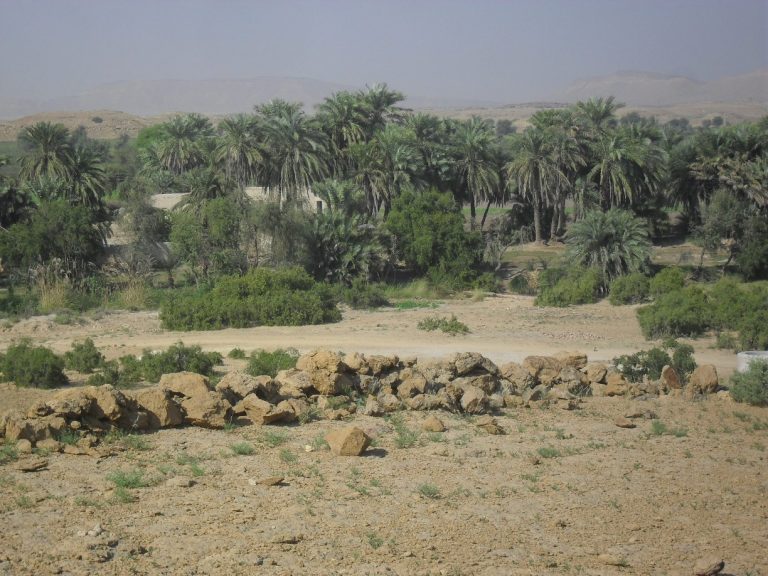
A narrow and difficult path leads to the seven caves located in the Kai Valley. These caves are locally known as “Sat Ghaar” (Seven Caves)
By Aziz Kingrani
Sindh has many undiscovered historical mountain valleys that can be used to promote dying tourism of province. These valleys are home to ancient places of the great Indus Valley Civilization which can attract the domestic as well as foreign tourists. These scenic spots include the beautiful locations like the Kai and Naig valleys in Sehwan Tehsil, Jamshoro District Sindh.
The Kai and Naig valleys are located about 35 to 45 km west of Sehwan in Jamshoro district. On the way to these valleys there is also a very ancient settlement called ‘Bulo ji Buthi’ (Bulo Hill).
The Kai Valley, at a distance of about 40km from Sehwan, offers beautiful view on both sides of the road. It is as if the hills were once below the sea level or under the sea, as the hills have signs of water erosion. A narrow and difficult path leads to the seven caves located in the Kai Valley. These caves are locally known in Sindhi as “Sat Ghaar” (Seven Caves). These caves at the lower hill are to the west of the village Muhammad Khan Nohani.
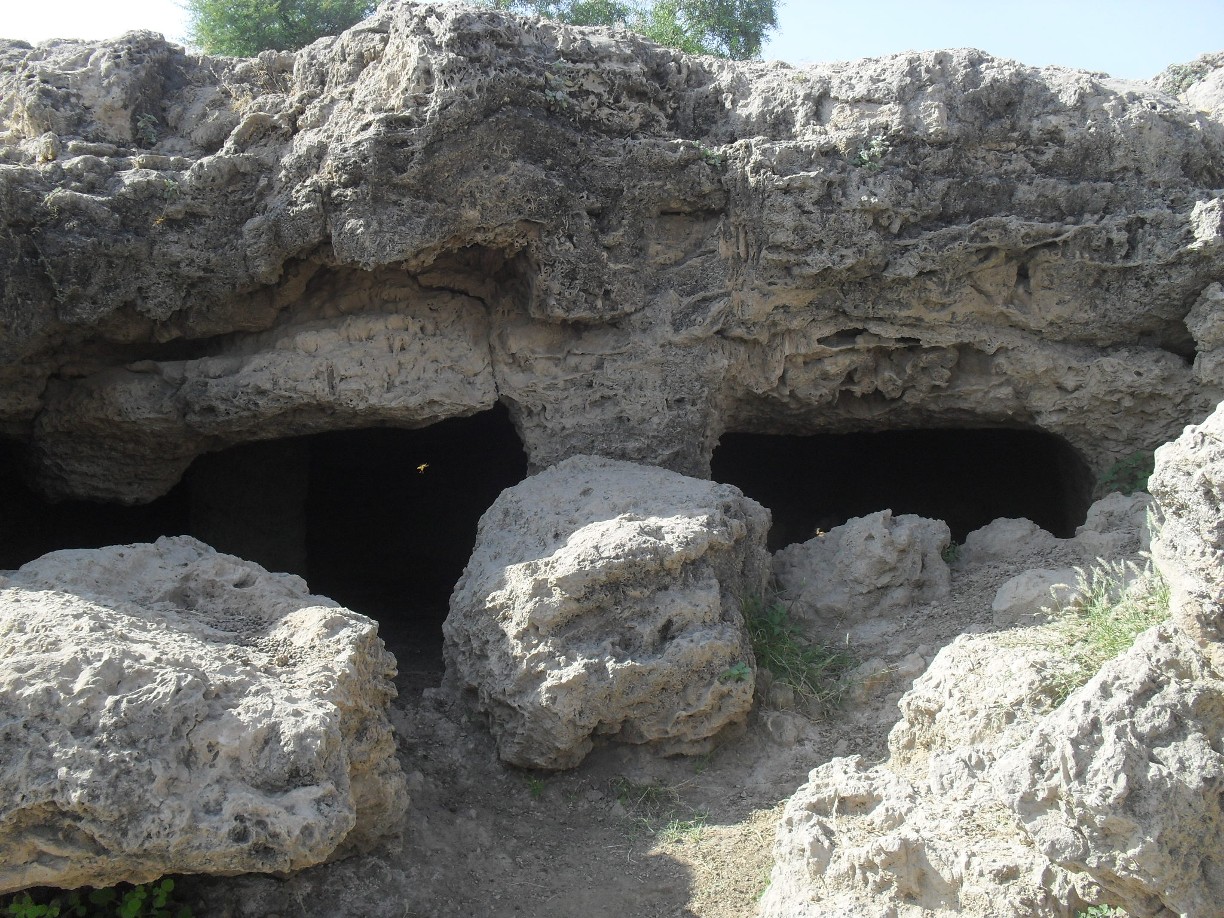
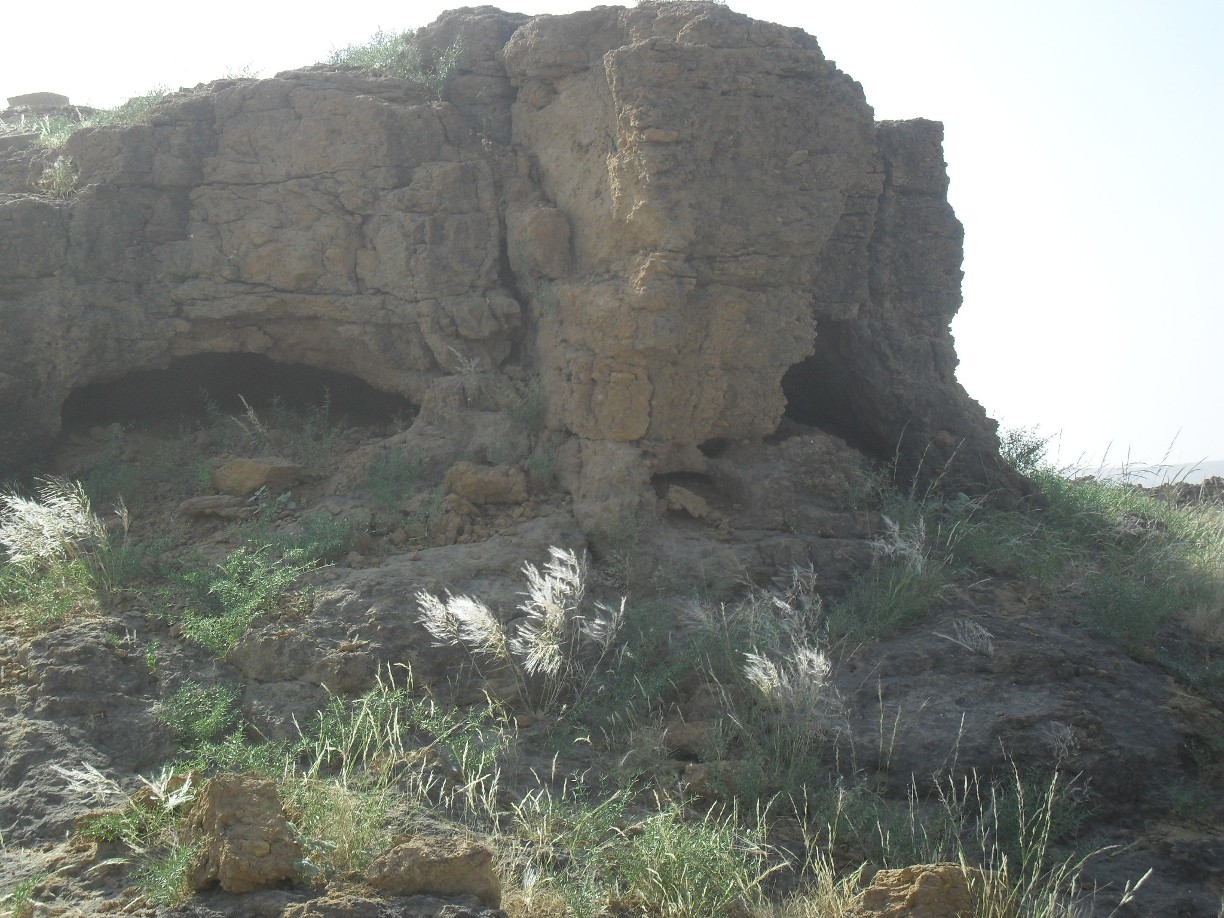
The upper caves are located on the top of a hill, south of the village. There is also an ancient settlement near these caves which was given an ancient fortresses or stone wall. Remains of an ancient settlement and fragments of pottery have been found in the premises of compound wall. Some pots are red having simple paint and some are plain. Pieces of pottery belong to the ancient civilization of the Indus Valley. Near these caves, there is a garden called Panj Tan Jo Bagh (Garden of Five Sacred) which has palm and other trees. Centuries-old spring-powered flour mill can also be seen here. The locals also use this water for farming. There is also a rest house in Kai.
Near the Kai Valley is another valley – Naig Valley which is located to the west, with the Badro Mountains to the east and the Bhit Mountains of Khirthar to the west. This valley is about 45 km away from Sehwan. Here too, like the Kai valley, palm trees are found in the entire valley. The pipal and other trees add to the beauty of the valley. The view of the beautiful Naig Valley from the top of the hill is spectacular. In this valley also there is a flour grinder run on the water coming from natural water springs which is used by the locals for grinding flour. The Naig village and the valley got its name from the Naig River flowing into the valley from Bhit Mountain.
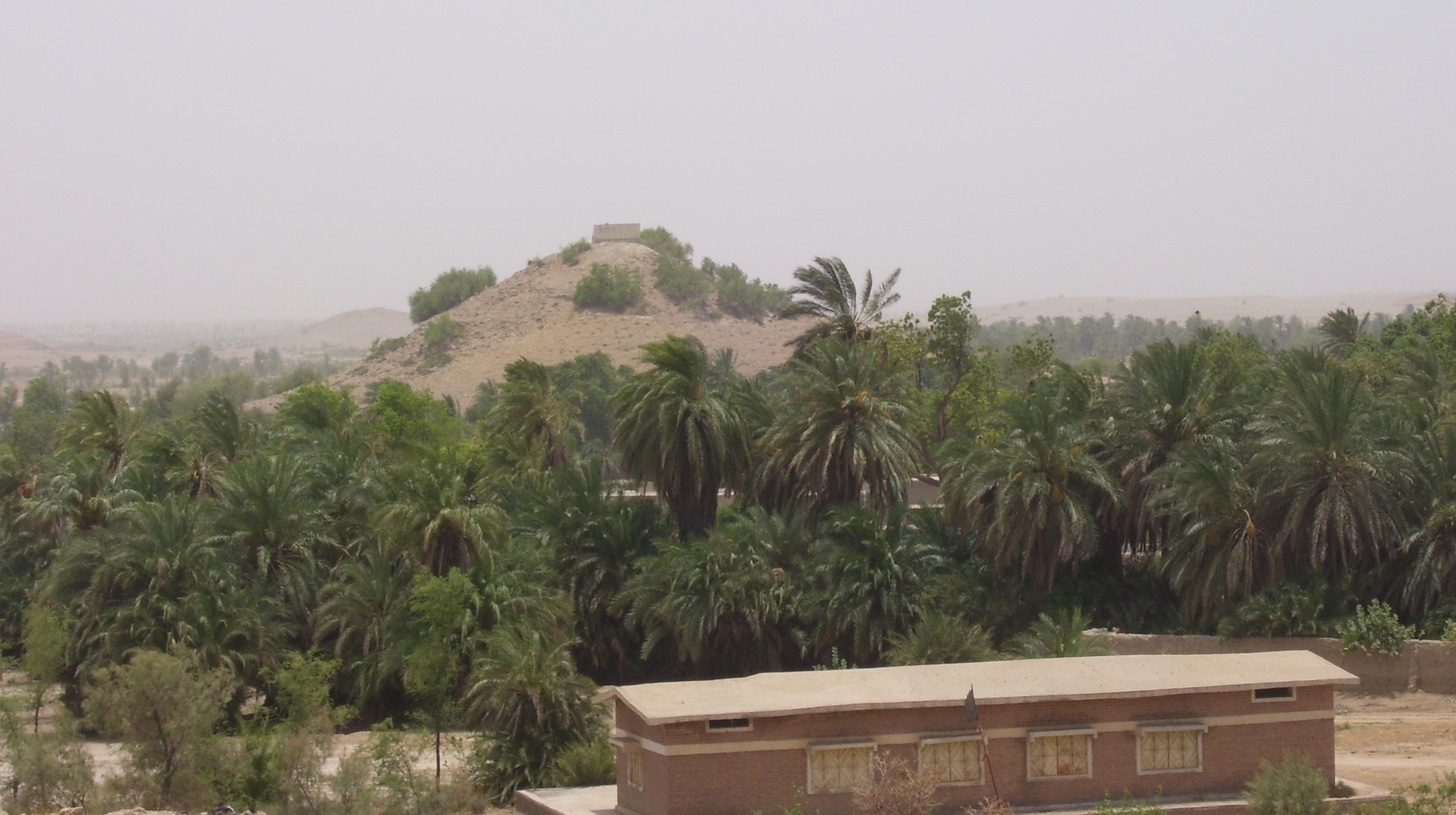
There are four ancient sites around the Naig Valley. The first is Lakhmir-ji-Maari or the mound of Lakhmir, which is situated on a high hill south of the village of Naig. There is also an ancient track that leads from Sehwan to Naig, Ngawal, Lahoot La Makan and Hanglaj. Here, on a hilltop north of the village of Naig, there is a Buddhist stupa and an unfinished ancient fort.
The third is Mai Rohi, who according to tradition is said to be the daughter of the tyrant king Lakhmir of the past. There is a legend about Lakhmir that he was killed by Hazrat Ali (as). There is a deep spring in Naig known as well of Hazrat Ali. Near this spring is also the Takiyo (sitting place) of the Sufi poet Shah Abdul Latif Bhattai. The fourth place in Naig is the tomb of Pir Qambar Ali Shah. It is said that their ancestors migrated from Jilan in Iran to the cities Zaidi and Kalat of Balochistan and later, they settled here in Naig valley.
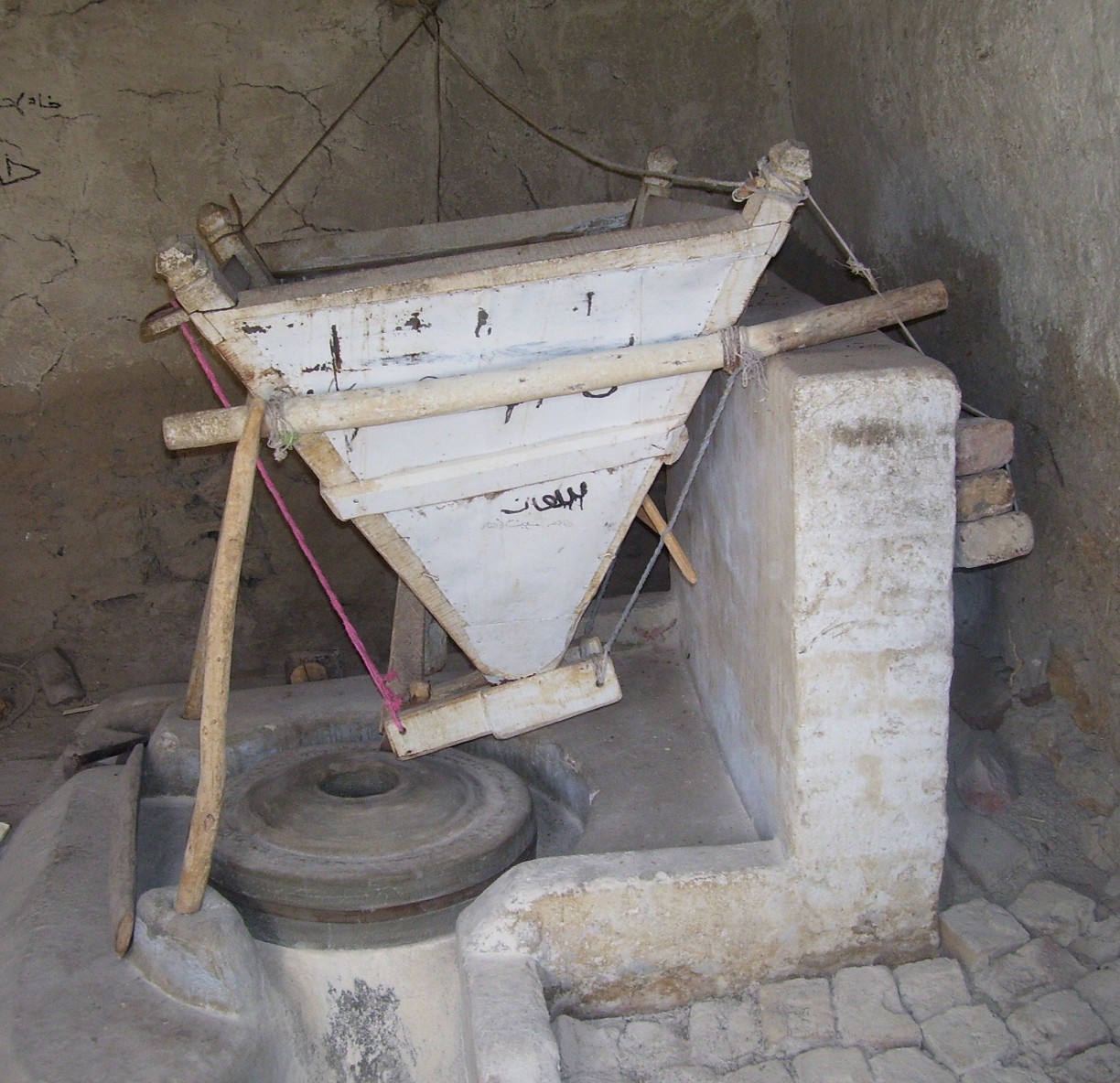
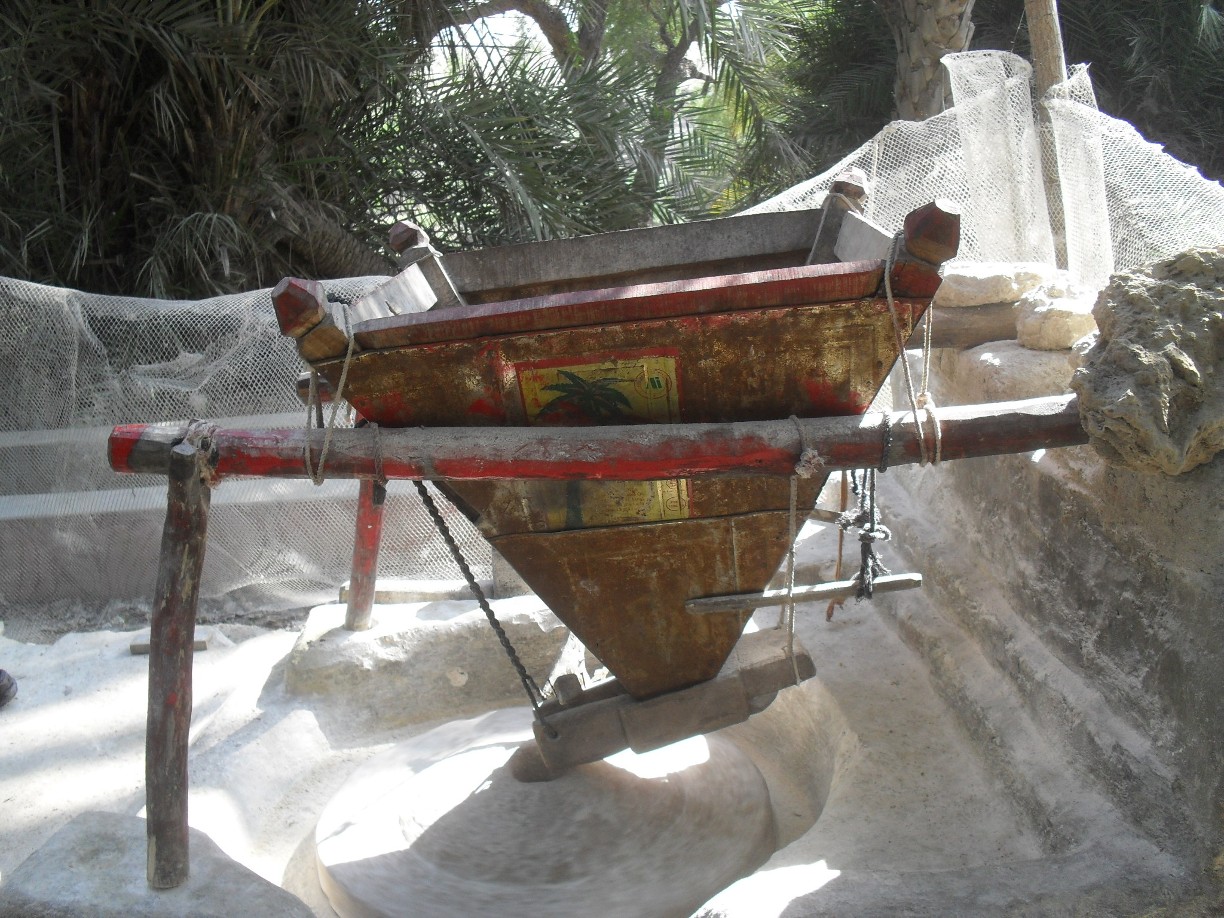
NG Majumdar, a Bengali archaeologist of British period came here in 1927. He did not excavate Lakhmir-ji-Maari. But in his book Explorations in Sindh he writes that this place is 7000 years old. Pieces of pottery are scattered in the area around Lakhmir hill and its base. Majumdar writes that ancient debris and other stone walls dating to the Chalcolithic period have been found at the base of the hill.
On the Lakhmir ji Maari can be seen the patterns of pottery with the black color on the red, of the Indus Valley, especially during the period of Mahenjo dro, and the foundation of a fort.
The government should excavate the ancient mound of Lakhmir ji Mari. In addition, the historic Kai Naig mountain valleys should be made tourist resorts. This will boost tourism in the country and will also generate significant revenue from tourism.
___________________
 Aziz Kingrani, hailing from village Haji Manik Kingrani, Johi, Dadu District, Sindh, Pakistan, is poet, short story writer, playwright and a research scholar. He has been contributing in the fields of history and literature since five decades. He has served as a professor as well. His 17 books are published in English and Sindhi language. His articles in English, Sindhi and Urdu have been published in various newspapers and magazines.
Aziz Kingrani, hailing from village Haji Manik Kingrani, Johi, Dadu District, Sindh, Pakistan, is poet, short story writer, playwright and a research scholar. He has been contributing in the fields of history and literature since five decades. He has served as a professor as well. His 17 books are published in English and Sindhi language. His articles in English, Sindhi and Urdu have been published in various newspapers and magazines.